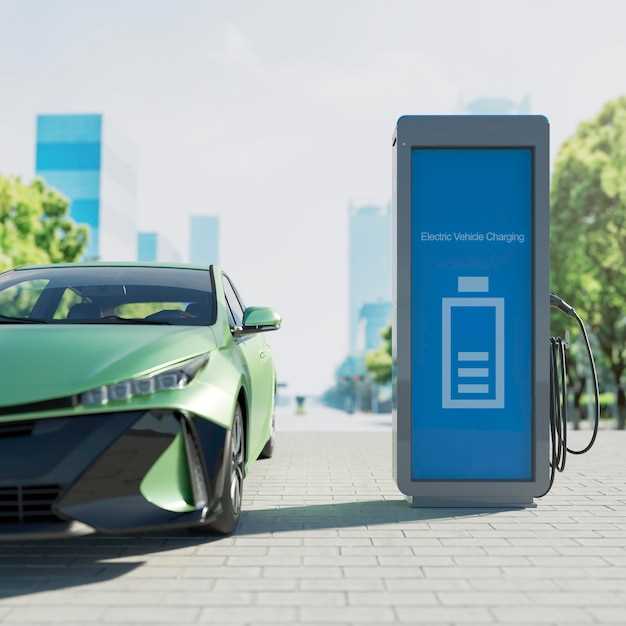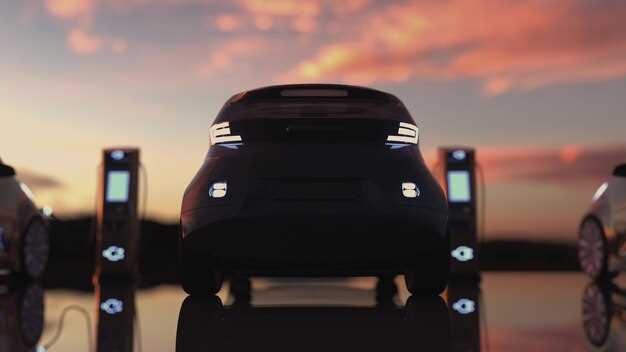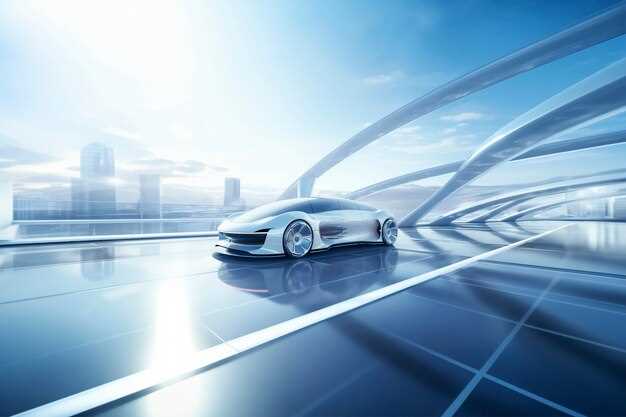
The automotive landscape is rapidly evolving, with Ford taking significant strides in the realm of electric vehicles (EV). As we move toward a greener future, the company is committed to introducing a range of innovative EV models by 2025. These upcoming vehicles promise not only to enhance performance and sustainability but also to redefine the driving experience.
In anticipation of the shift towards electrification, Ford is investing heavily in technology and infrastructure. The company’s new lineup of EVs will feature cutting-edge advancements, ensuring that customers enjoy both efficiency and convenience. From captivated designs to advanced connectivity, the future of Ford EVs is set to impress.
This article will delve into the models slated for release in 2025, highlighting their unique features and the advantages they bring to eco-conscious consumers. With a focus on innovation and sustainability, Ford is poised to become a key player in the electric vehicle market, paving the way for a more sustainable future.
Key Features of Upcoming Ford EV Models
The future of Ford electric vehicles (EVs) promises to be both innovative and practical, focusing on sustainability while enhancing driver experience. Here are some key features of the upcoming models:
1. Advanced Battery Technology: Ford’s new EVs will utilize cutting-edge battery technology, which ensures longer ranges and quicker charging times. With an emphasis on efficiency, these batteries will allow drivers to travel further on a single charge, making the transition to electric more convenient.
2. Enhanced Connectivity: Upcoming Ford EVs will be equipped with state-of-the-art connectivity features. Seamless integration with personal devices and smart home systems will provide drivers with real-time updates on vehicle status, charging locations, and navigation assistance, ensuring a more connected driving experience.
3. Innovative Design: The aesthetic of Ford’s future EVs will reflect modern design principles, combining aerodynamic shapes with robust materials. This approach not only contributes to energy efficiency but also enhances the overall driving appeal.
4. Smart Technology: Expect to see advanced driver-assistance systems (ADAS) in these models, featuring adaptive cruise control, lane-keeping assist, and automated parking. These smart technologies will promote safety and ease of driving, making electric vehicles more user-friendly.
5. Sustainability Initiatives: Ford is committed to sustainability, and this will be evident in the materials used in their upcoming EVs. Many components will be sourced from recycled materials, reducing the ecological footprint and supporting the company’s green goals.
6. All-Wheel Drive Options: Some of the upcoming Ford electric models will offer all-wheel drive (AWD) capabilities. This feature enhances performance in various driving conditions, providing traction and stability for drivers who require versatility in their vehicles.
7. Versatile Charging Solutions: Ford’s future EVs will support various charging options, including fast-charging stations and home charging solutions. This flexibility aims to alleviate range anxiety, allowing drivers to recharge their vehicles conveniently, whether at home or on the road.
With these features, Ford is not only aiming to enhance the driving experience but also positioning itself as a leader in the electric vehicle market. The future of Ford EVs looks promising, combining innovation with sustainability to meet the needs of modern drivers.
Comparison: Ford EVs vs. Competitors in 2025

As the electric vehicle (EV) market evolves, Ford is poised to launch a lineup of innovative models in 2025. These offerings will cater to various consumer needs, positioning the company to compete effectively against leading manufacturers in the EV sector.
One of the key differentiators for Ford’s future EVs will be their performance and range. Unlike many competitors, Ford aims to enhance battery technology to deliver longer ranges and faster charging solutions. This will be crucial in attracting customers who prioritize efficiency and convenience.
Ford’s upcoming models are also set to incorporate cutting-edge technology, including advanced driver-assistance systems and seamless connectivity features. This focus on technological integration will set Ford apart from competitors who may lag in these areas.
In terms of design, Ford plans to maintain its signature rugged aesthetic while introducing modern, aerodynamic silhouettes. This balance of tradition and innovation will appeal to both loyal Ford customers and new EV buyers looking for style and sustainability.
Moreover, the pricing strategy for Ford EVs in 2025 will aim to be competitive, offering a range of affordable options without compromising on quality. This approach contrasts with some rivals who may focus solely on high-end models, potentially alienating a significant portion of the market.
Lastly, Ford’s commitment to sustainability will extend beyond their vehicles. Initiatives around recycling materials and reducing overall environmental impact will resonate with eco-conscious consumers, establishing Ford as a responsible player in the evolving automotive landscape.
Charging Infrastructure and Range Expectations for Ford EVs

As Ford prepares to launch a new lineup of electric vehicle (EV) models in 2025, the charging infrastructure and range expectations set a critical foundation for their success. Ford recognizes that potential buyers are concerned about charging accessibility and how far they can travel on a single charge. To address these concerns, Ford is investing in a robust charging network that aims to provide convenience and reliability for EV owners.
Ford plans to expand its partnership with the Electrify America network, giving customers access to thousands of fast chargers across urban and rural areas. This strategic move enhances the charging experience, making it easier for EV users to find charging stations on long journeys. Additionally, Ford is championing local charging solutions, such as home chargers and workplace initiatives, further facilitating everyday use.
The range expectations for Ford’s upcoming EV models are equally ambitious. With advancements in battery technology, Ford aims to offer a variety of models that can achieve a minimum range of 300 miles on a single charge. This range is competitive and caters to the needs of everyday users, ensuring that worries about battery life are minimized.
In the future, Ford’s commitment to improving electric vehicle capabilities will not only emphasize range but also include innovations such as regenerative braking and energy-efficient systems. By combining these advancements with a comprehensive charging infrastructure, Ford is set to meet the growing demand for reliable, high-performance electric vehicles, allowing consumers to transition to EVs with confidence.



